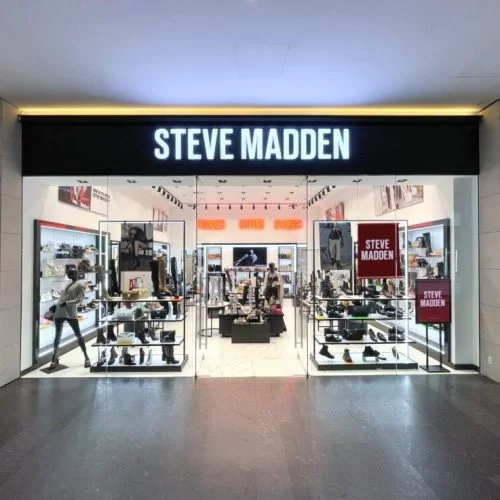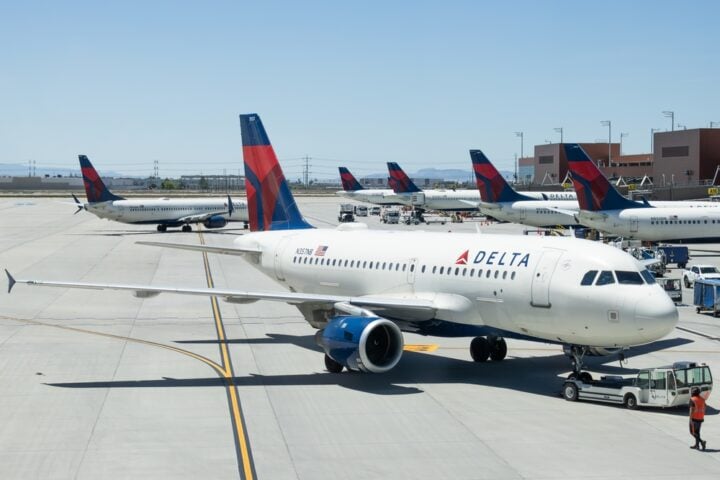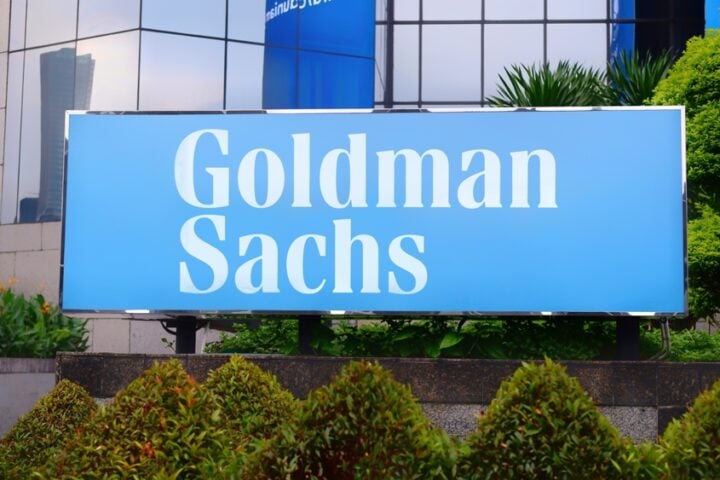President-elect Donald Trump‘s plan to impose sweeping tariffs on imports—especially on goods from China—is already influencing major U.S. companies. Steve Madden, a leading $3 billion footwear brand, announced Thursday that it will rapidly halve its reliance on Chinese manufacturing to mitigate the impact of expected new tariffs.
CEO Edward Rosenfeld shared the company’s proactive measures with Wall Street analysts, revealing that their plan to shift production had been in place for some time, anticipating Trump’s reelection. “As of yesterday morning, we are putting that plan into motion,” Rosenfeld said, noting that 70% of Steve Madden’s imports currently come from China.
Shifting to Alternative Production Hubs
Despite Trump’s proposed tariffs—potentially as high as 60%—the company has no plans to move manufacturing to the U.S. Instead, Steve Madden is expanding its sourcing to other countries like Cambodia, Vietnam, Mexico, and Brazil. By this time next year, Rosenfeld aims for only 40% to 45% of its products to be China-sourced, significantly reducing exposure to these tariffs.
The Industry’s Wider Impact
The retail industry, particularly apparel and footwear companies, has long criticized Trump’s tariff policies. A recent National Retail Federation analysis projected that a $50 pair of sneakers could rise to as much as $64, costing Americans an additional $24 billion annually on apparel due to increased prices.
China’s manufacturing efficiency and low labor costs have been integral for U.S. fashion brands, enabling them to adjust quickly to trends and consumer demand. Relocating production presents challenges due to higher costs and logistical constraints.
Economic Concerns and Consumer Costs
Rosenfeld noted that predicting the full financial impact of Trump’s tariffs is difficult, acknowledging that such policies could have far-reaching effects on supply chains and the global economy. “It’s really difficult to quantify the potential impact here,” he said.
Trump’s broad tariff strategy has drawn criticism from economists, who argue that the burden falls on American consumers through higher prices. The Peterson Institute for International Economics estimates Trump’s tariffs could cost middle-income U.S. households over $2,600 annually, while Douglas Holtz-Eakin of the American Action Forum likened it to a $3 trillion tax hike.
Trump’s Approach and Industry Adaptations
Former Treasury Secretary Steven Mnuchin defended Trump’s tariff plans, asserting that the president-elect would be “very careful” not to fuel inflation. He noted that during Trump’s first term, tariff exceptions were granted selectively to protect U.S. companies. “We did it very strategically,” Mnuchin emphasized.
Steve Madden‘s swift action to reduce dependence on Chinese production signals that businesses are preparing for substantial changes under Trump’s proposed policies. However, consumers may still face higher prices as companies navigate these new trade landscapes.







